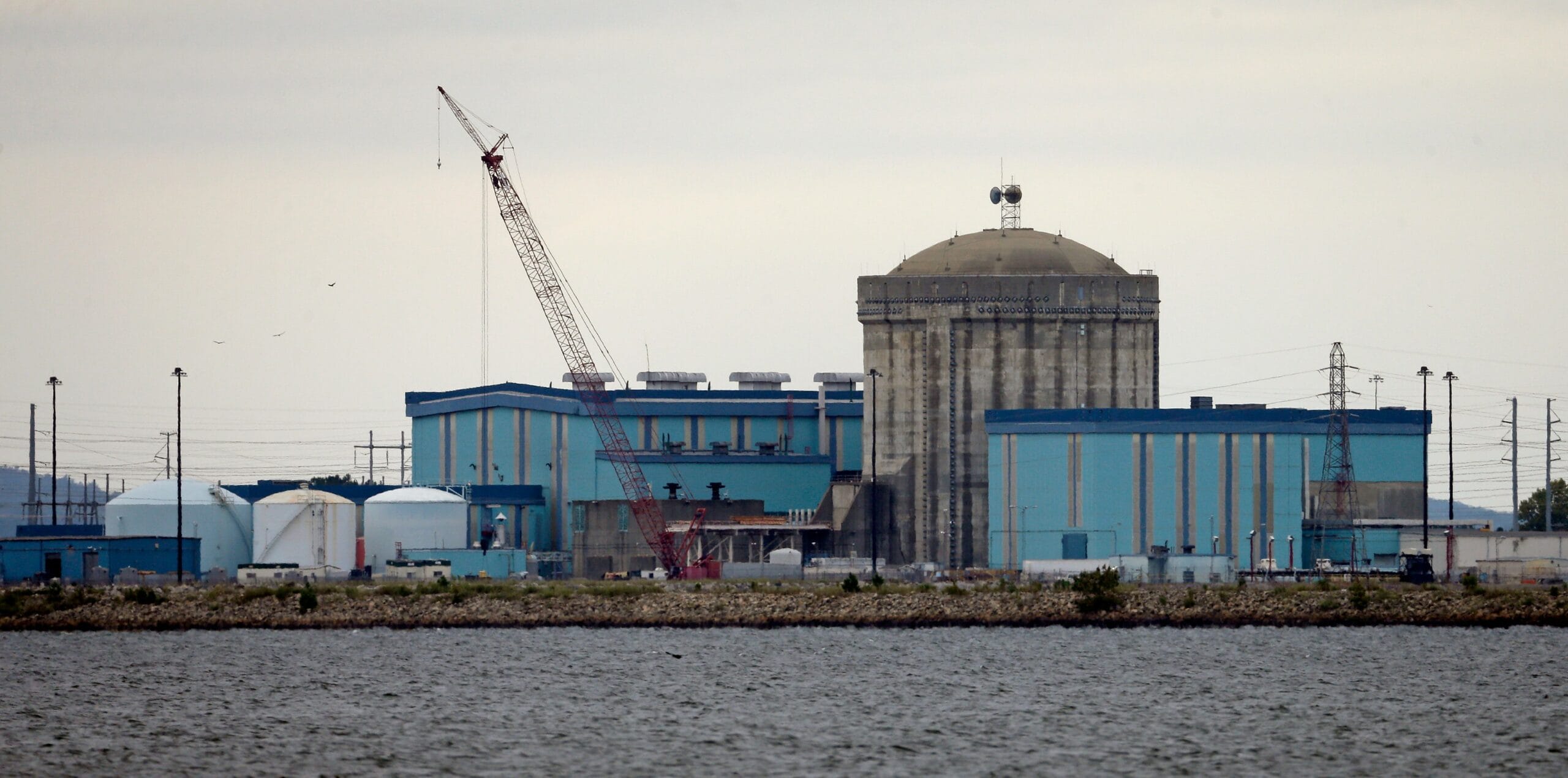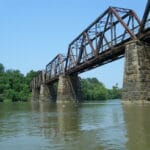Jenkinsville, South Carolina, a small incorporated town nestled in Fairfield County between the Broad and Little Rivers, east of Lake Monticello, holds a history far richer than its size suggests. This predominantly African American community, a hidden gem in South Carolina’s landscape, offers a compelling narrative woven from threads of resilience, adaptation, and the quiet strength of small-town life. This article delves into Jenkinsville’s past, explores its present, and contemplates its uncertain future, offering a glimpse into a community navigating the complexities of history, demographics, and modern development. Discover the hidden gems and rich history of Jenkinsville South Carolina, a truly unique Southern experience.
A Southern Town’s Enduring Narrative
Jenkinsville’s story likely begins long before its official founding around 1876, named after a local blacksmith. Native American tribes once called this land home, their lives intertwined with the rivers and forests. Their presence, though often undocumented, resonates in the very landscape. The arrival of European settlers marked a significant shift, with the Ebenezer A.R.P. Church, built in 1788, standing as a testament to this era. This church played a vital role in the formation of the Associate Reformed Synod of the Carolinas in 1803, solidifying Jenkinsville’s place in regional religious history. Nearby, the Davis Plantation offers a sobering reminder of the plantation era’s complexities. Other landmarks, like the Kincaid-Anderson House and Quarry, whisper untold stories, inviting further exploration into the community’s layered past.
Demographics: A Glimpse into Jenkinsville’s Present
The 2010 census revealed a small, tightly-knit community of 46 residents, all of African American descent. More recent data suggests fluctuations, with a notable increase to 54 residents in 2022, followed by a projected decline to 39 in 2024. These shifts raise questions about the forces shaping Jenkinsville’s demographics. What factors contribute to this ebb and flow? Is it a reflection of broader economic trends, or are there local dynamics at play? Further investigation into these population changes could offer valuable insights into the town’s future.
Recent economic data shows a 7.5% increase in median household income, reaching $35,833 in 2022. While encouraging, this figure must be considered within the context of a small population, where a few higher-earning households can significantly influence the average. Understanding the types of employment available in and around Jenkinsville is crucial for a more nuanced perspective. Are new businesses emerging, or do residents primarily commute to nearby cities like Columbia? The median age of 25.9 suggests a youthful community, but it also prompts questions about long-term residency. Is Jenkinsville attracting young families, or is it a more transient population? Gathering local perspectives could provide a deeper understanding of these demographic trends.
A substantial number of properties—over 167—are currently listed for sale in and around Jenkinsville. However, this figure includes listings from surrounding towns like Irmo and Chapin, which have larger real estate markets. Focusing on properties within Jenkinsville’s town limits would provide a more accurate reflection of the local housing market. Understanding the types of available properties, price ranges, and the overall market activity are also essential for evaluating the town’s future prospects.
Modern Developments and Future Uncertainties
The 20th century brought a dramatic transformation with the construction of the Virgil C. Summer Nuclear Generating Station. This power plant, a dominant presence near Jenkinsville, has undoubtedly influenced the town’s economy, providing jobs and revenue. However, it also raises important questions about environmental impact and community safety. The plant’s presence likely sparks ongoing discussions among residents, reflecting a complex relationship between economic benefits and potential risks. Further exploration of these perspectives could offer valuable insights into the community’s relationship with this significant landmark.
Jenkinsville isn’t immune to natural forces. A devastating F3 tornado in 1992 left a lasting mark, a testament to the destructive power of nature. The area also experiences higher than average earthquake activity, suggesting underlying geological factors that shape the region. These events have undoubtedly influenced the community’s resilience and preparedness. Exploring the town’s response to these challenges and their long-term impact could enrich our understanding of Jenkinsville’s history.
Jenkinsville’s future is uncertain. Ongoing annexation projects suggest potential growth and development, but also raise concerns about preserving the town’s unique character. Will these projects revitalize the community or erode its small-town charm? Balancing progress with preservation is a central challenge facing Jenkinsville. Exploring the specifics of these projects—their purpose, scope, and potential impact—is crucial for understanding the town’s trajectory.
| Location | Significance |
|---|---|
| Ebenezer A.R.P. Church | Historic church and birthplace of a regional religious synod. |
| Davis Plantation | Remnant of the plantation era, offering insights into the region’s agricultural past. |
| Kincaid-Anderson House & Quarry | Historical landmarks with untold stories, potentially revealing more about the community’s heritage. |
| Monticello Reservoir | Nearby lake influencing the local environment and offering recreational opportunities. |
| Virgil C. Summer Nuclear Plant | A symbol of Jenkinsville’s modern era, balancing economic development and environmental concerns. |
Jenkinsville’s Connection to the Wider World
Jenkinsville’s proximity to Columbia, South Carolina, offers residents access to a broader range of amenities and services. This proximity likely influences residents’ lives, providing opportunities while also potentially impacting the town’s distinct identity. Exploring this dynamic could shed light on Jenkinsville’s relationship with the surrounding region. Does this connection foster integration or reinforce its separate identity? Further research into residents’ experiences and perspectives could enrich our understanding of this interplay.
Preserving the Essence of a Small Town
Jenkinsville’s narrative is a tapestry woven from historical threads, demographic shifts, and the complex realities of modern development. Its future remains unwritten, a story still unfolding. Will Jenkinsville manage to balance progress with preservation, embracing the future while honoring its past? Perhaps it’s this delicate balance, the interplay of past and present, that truly defines this unique South Carolina town. It invites us to consider the complexities of small-town life and the importance of preserving the essence of community in an ever-changing world. You might also be interested in exploring the charming streets of Jonesville SC US, another South Carolina town with its own unique story.
- Red Cloud, NE: Discover Willa Cather’s Legacy - April 11, 2025
- Remember Old Social Media Sites? Their Rise and Fall - April 11, 2025
- How many days till Feb 3?Accurate Countdowns & Tools - April 11, 2025
















